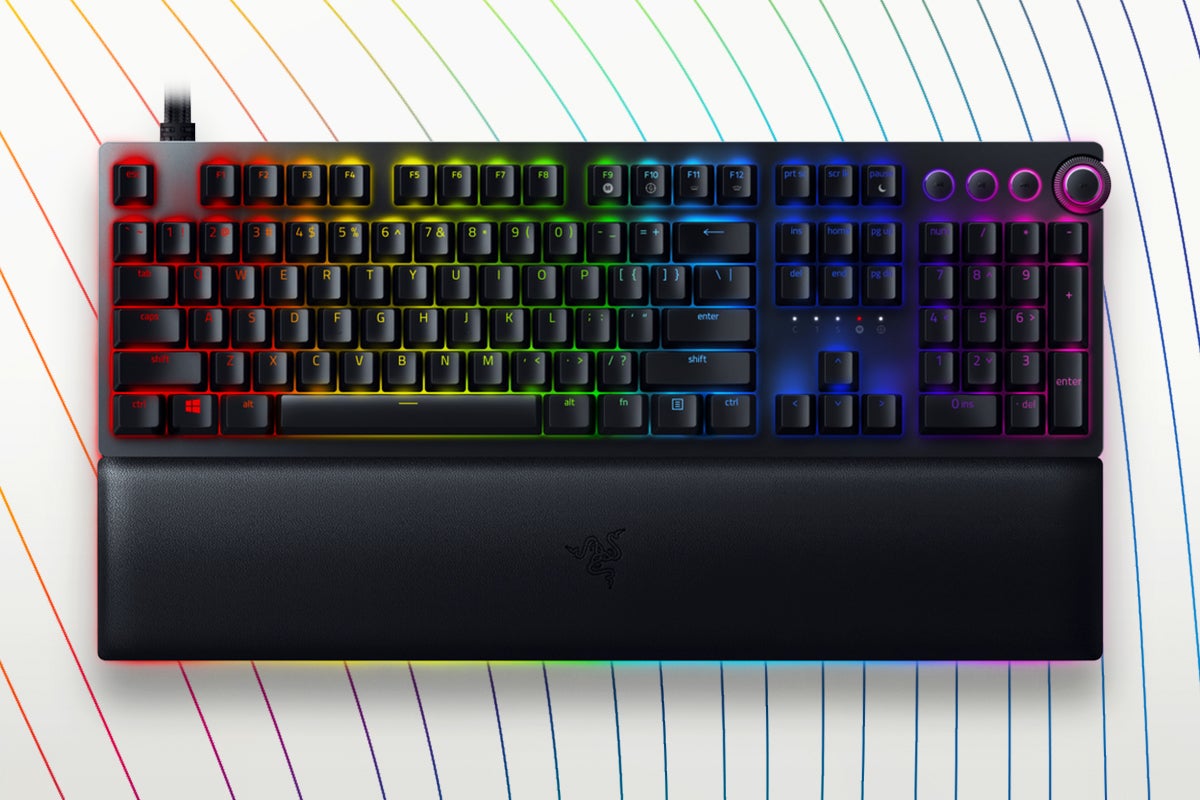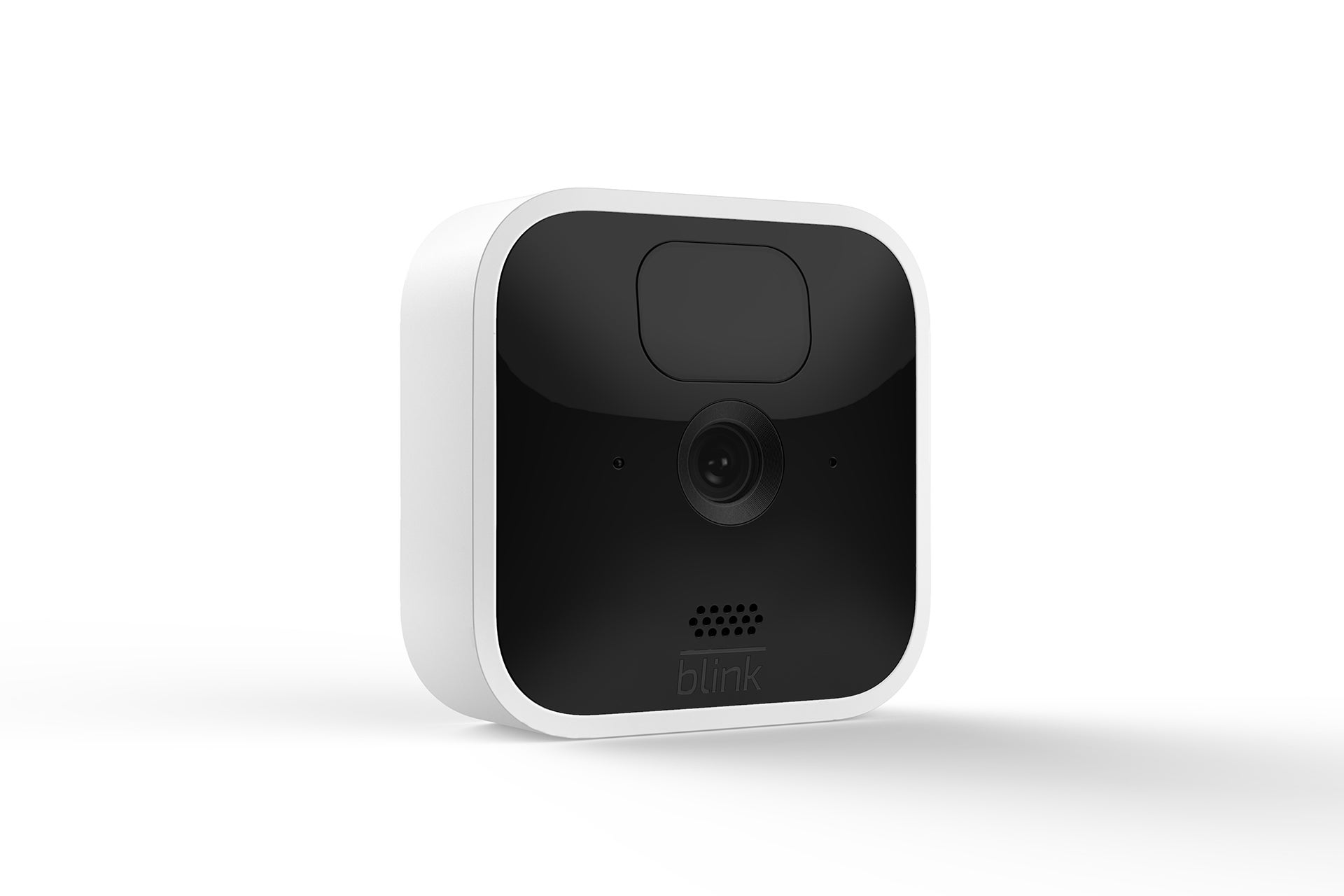Panasonic Alkaline Power AA Review
Cheap but basic batteries
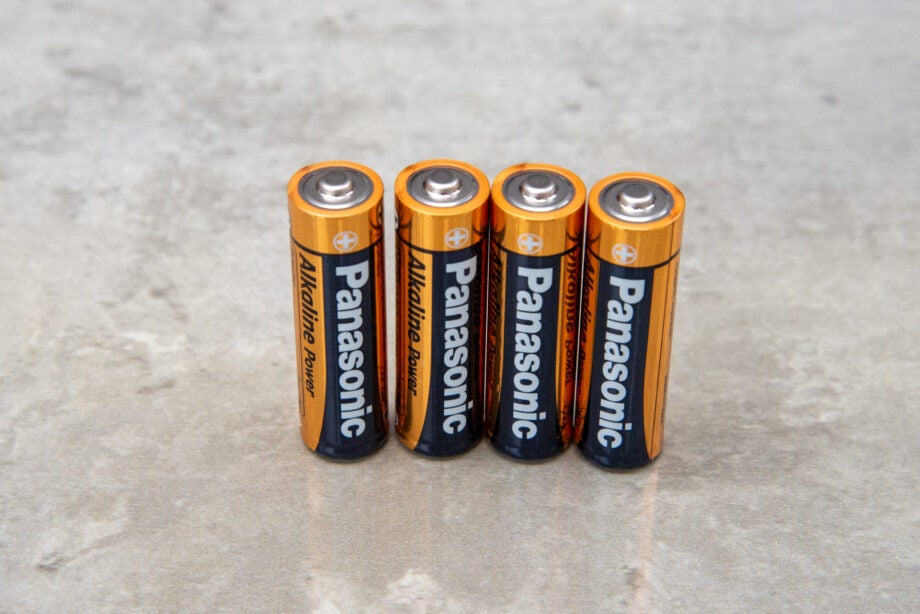
Verdict
Super cheap, the Panasonic Alkaline Power AA are useful for low-drain jobs, such as remote controls. However, performance for high-drain devices isn’t very good, with these batteries behind all of the competition. For greater versatility, look elsewhere.
Pros
- Cheap
- Good for low-drain use
Cons
- Capacity lags behind competition in my tests
- High-drain performance isn’t very good
Availability
- UKRRP: £5.08
Key Features
- Battery typeAA alkaline batteries (non-rechargeable) that are best for low-drain applications
Introduction
Although a bigger brand name in batteries, cost-wise, the Panasonic Alkaline Power AA batteries work out cheaper than the Amazon Basics Alkaline AA units. However, the Pansonic batteries didn’t perform very well in my drainage tests, coming bottom by a long way.
Part of the company’s bronze range, these batteries are designed for lower-drain items, such as remote controls. Given the overall tested capacity, I can see this rationale; however, you’ll most likely be better off buying different AA batteries.
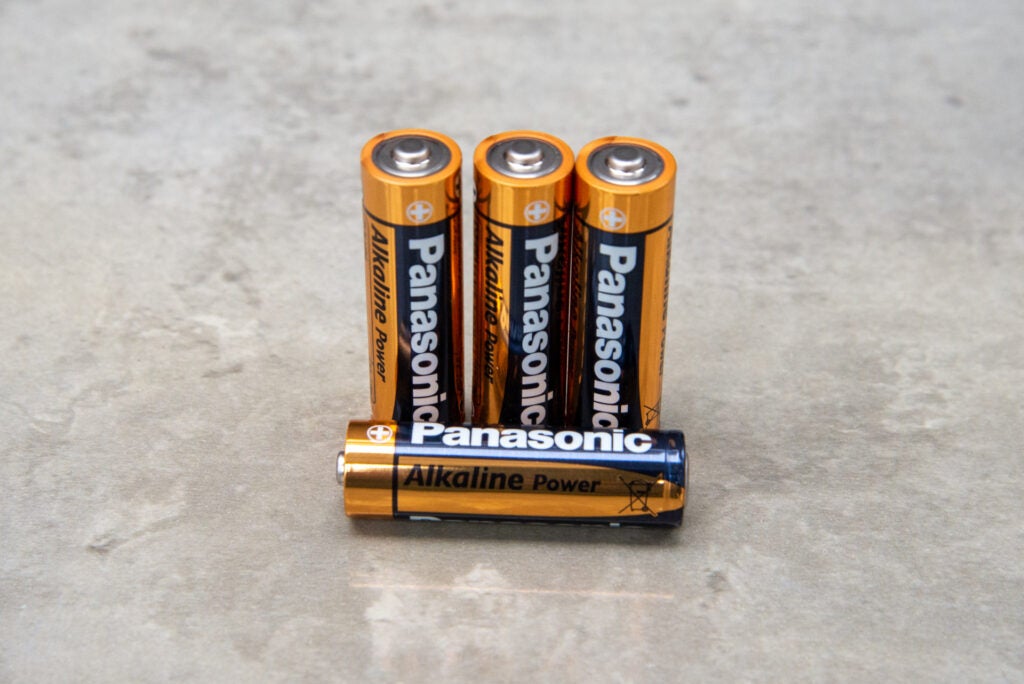
Performance
- Poor high-drain test results
- Low capacity compared to the competition
On the surface, the Panasonic Alkaline Power AA are similar to other non-rechargeable batteries, and they should offer a good shelf life – although this figure isn’t quoted anywhere that I could find.
The main difference between these units and others is in their quoted use: they’re stated as ideal for low-drain applications. If you’re looking for batteries to power games controllers or big torches, then you’re better off looking elsewhere.
This was reflected in my tests, performed using the Ansmann Energy XC3000. I bought a pack of Panasonic Alkaline Power AA batteries and then picked four at random to go through the drainage tests.
I started by measuring voltage, which came in at 1.52V when fresh. Alkaline batteries should start at 1.5V or higher, so this is good to see; voltage decreases during use.
Next, I ran the drainage test, which uses a high load of 600mAh (+/- 20%) to give me a capacity in mAh. The average result was 995mAh, with the four batteries delivering a similar result. That’s easily the lowest result I’ve seen.
Letting the batteries rest and cool down for a few hours, I re-ran the test to gauge residual power remaining Here, they turned out a relatively high score of 377mAh. This translates to a total capacity of 1372mAh in my tests. This figure isn’t too far behind the other batteries I’ve tested, and should demonstrate these units’ staying power in lower-drain applications.
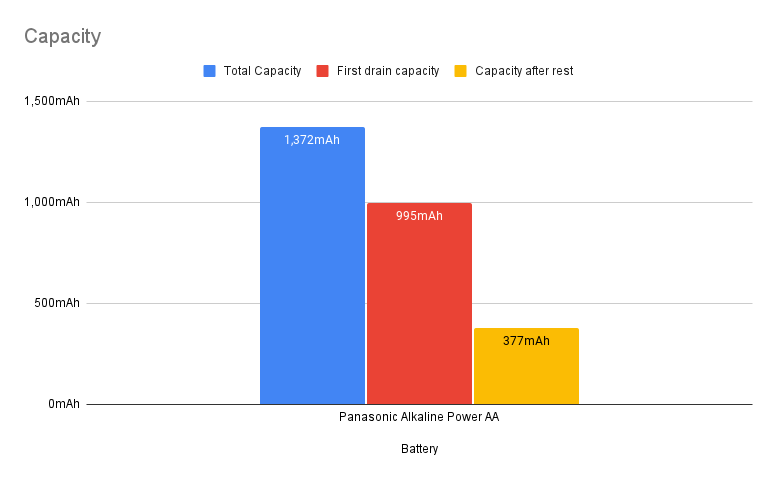
Latest deals
You can buy the Panasonic Alkaline Power AA batteries in packs as small as 4, from around £2.18 (54.5p per battery). The link below takes you to the 10-pack, which costs around 50p per battery and seems a sensible compromise between the number of batteries and the total price. Larger packs are available if required.
Should you buy it?
If you want cheap batteries for lower-drain applications, then these will do the job.
If you want batteries for a variety of different jobs, including high-drain use, then rival units are better.
Final Thoughts
For lower-drain applications, the Panasonic Alkaline Power AA are super-cheap. They’re not particularly versatile, and performance in higher-drain use sits behind the competition. Unless you just want cheap batteries for remote controls or similar, you’ll be better spending a little more for batteries that performed better in my tests, such as the Amazon Basics Alkaline AA or GP Ultra AA.
How we test
Unlike other sites, we test every alkaline battery we review thoroughly over an extended period of time. We use standard tests to compare features properly. We’ll always tell you what we find. We never, ever, accept money to review a product.
Find out more about how we test in our ethics policy.
We use an Ansmann Energy XC 3000 to drain batteries, so that we can test capacity in mAh. After the first run, we allow the batteries to cool and then retest to give us a second reading.
We measure the initial voltage of the batteries, checking that the starting voltage is at least 1.5V.
Trusted Reviews test data
The results below show the total tested capacity, run over two separate drain tests with a cool-down period in the middle. The table lets you compare the results between the Panasonic Alkaline Power AA batteries and its main competitors.

